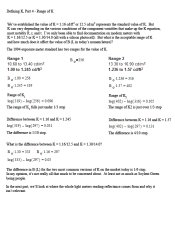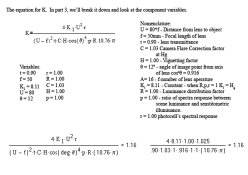snikulin,
I think since you are planning to learn composition with this, using the painted wall as a neutral background for portrait and still life arrangements... The gray you choose is important if you are in tight quarters... which it sounds like you are.
Here's advice from William Mortensen in Pictorial Lighting, Chapter 3, Equipment, The Background...
"The background should be no smaller than ten feet wide and eight feet high. (For general use. For portrait heads only it may be somewhat smaller.)"
"It should be either matt-white or matt-gray, depending on the size of the shooting space. If there is room to pull the camera back thirty feet from the background, make your background white."
"Eighteen by ten, with the background across the end, is the smallest feasible space."
"The side walls and ceiling, at least immediately adjacent to the background, should be light in color; tan or gray rather than white. If possible, the floor also should be white or light grey."
















